Joseph Beuys and the Documenta
Cosmos Beuys: Art - Worldview – Documenta
Author: Prof. Dr. Klaus Siebenhaar
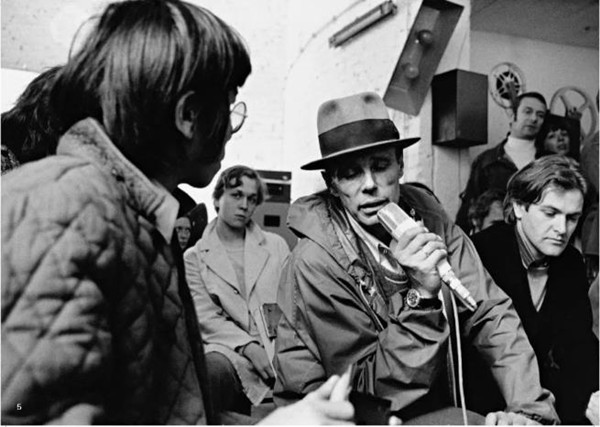
Joseph Beuys
Few artists have succeeded in living theory and practice, biography and work, aesthetics and commitment, thought and action, philosophical-artistic practice and social action as radically, consistently and credibly as Joseph Beuys has (1921-1986). Beuys and his multifaceted, enigmatic, and provocative oeuvre are therefore not a subject exclusive to art history, but should be understood in an interdisciplinary way. The center and basis of Beuys' work is the “expanded concept of art”, i.e., an artistic practice that expands to include anthropological and social dimensions, whose “creative” (“sculptural”) productive power is inherent in every person as creativity. The photo and text exhibition "Joseph Beuys and the Documenta" aims to illustrate the development, stages and evolution of this "expanded concept of art". For over two decades, the Kassel World Art Exhibition was the platform and continuum for Beuys on his way to fulfilling his artistic and socio-political mission, which went on even after his death in 1986.
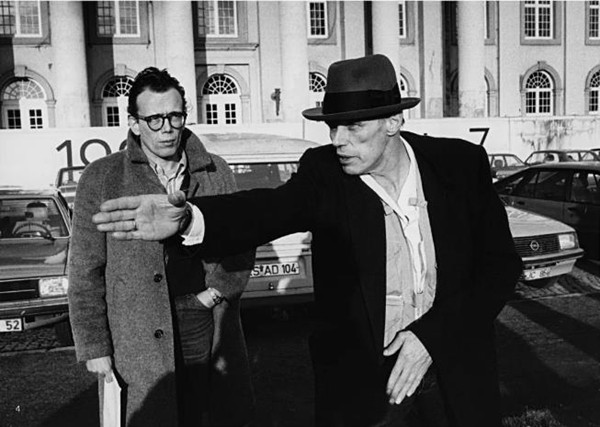
In 1994, Veit Loers, art historian and curator reconstructed "documenta works" of Joseph Beuys in an exhibition for the first time, categorising them artistically and socially and paying tribute to them within his oeuvre as a whole. Joseph Beuys participated in documenta more often than any other artist without interruption from 1964 (documenta III) to 1982 (documenta 7) and - posthumously - again in 1987 (documenta 8) and 1992 (DOCUMENTA IX). As early as 1977, on the occasion of documenta 6, Beuys himself emphasized the special importance of Kassel World Art Exhibition for reflecting and developing a new and expanded understanding of art: “For me it has had a great significance in that important stages of my idea of art development could be brought to the point where the whole problem of art itself could come to light through what I did at the documenta."
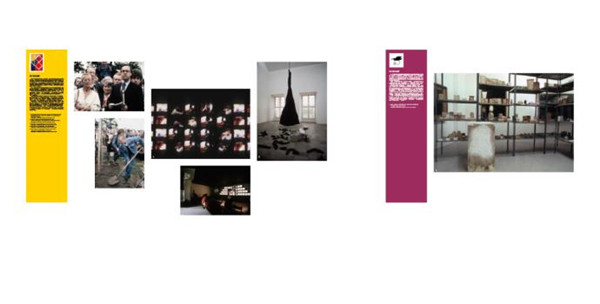
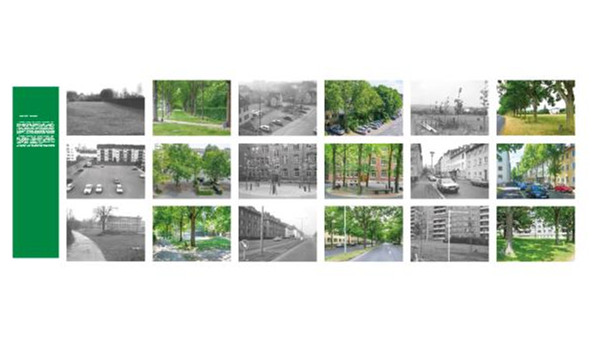
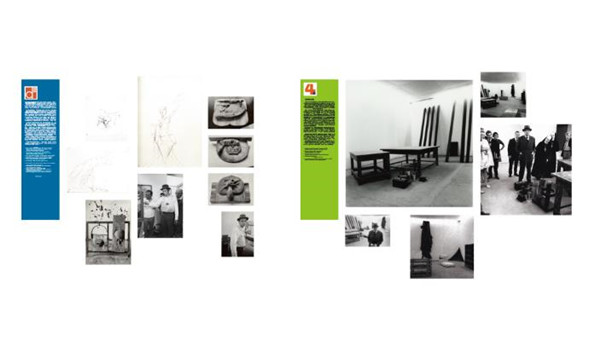
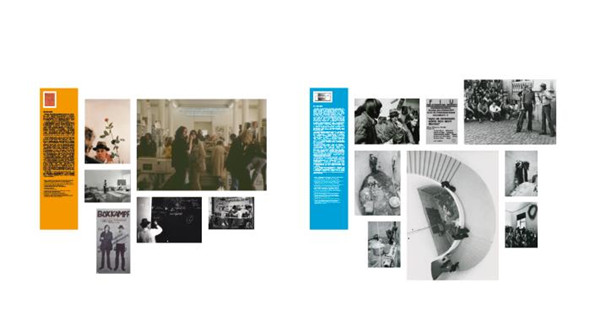
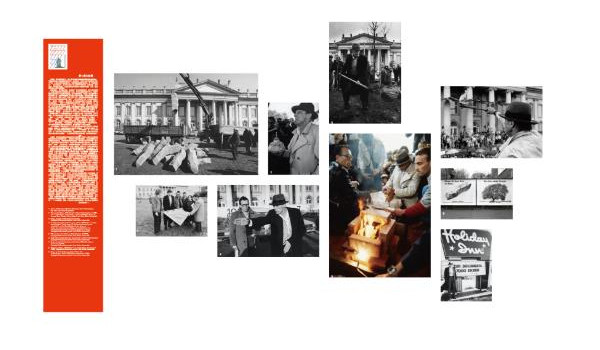
The exhibition "Joseph Beuys and the documenta” prepared for the Chinese audience is committed to this self-statement. Using the example of his documenta works and performances to show and trace the development stages of his understanding of art and the world makes sense in several ways: it offers the possibility to approach Beuys' work, activity and cosmos. Beuys' documenta appearances show his creative process, the movement of his thought, speech and actions, as well as his profoundly evolutionary principle of transformation, which understands life, work, death and eternity as a cyclic unity.
This Beuys exhibition is intended to invite you to take a closer look at his “work” beyond the documenta, his person and his myth, into our present and future. For anyone who deals with Beuys and his works must deal with the world and nature: people in relationship with the world. And that means much hard work on the "expanded concept of art" for every visitor: intellectually, critically, actively, and creatively.
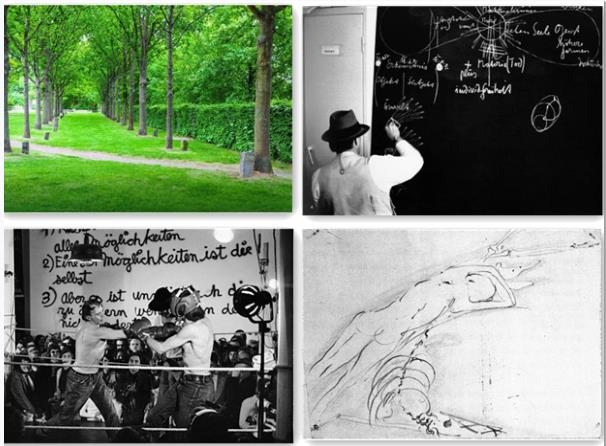
Selections of Exhibited Photos
It is possible for this small-scale exhibition in a limited space to provide impulse and stimulus, without original works, but with all the essential ideas, thoughts, utopia and important visual and acoustic impressions.
Even if the story of Joseph Beuys with documenta seems to be (temporarily) concluded in 1992 with the “Collective Memories” designed by Jan Hoet and his installation “Economic Values”, he remained present not only in his epoch-making artwork “7000 Oaks”, but also as an artistic inspirer, as well as a political, social and ecological activist more current and present than ever.
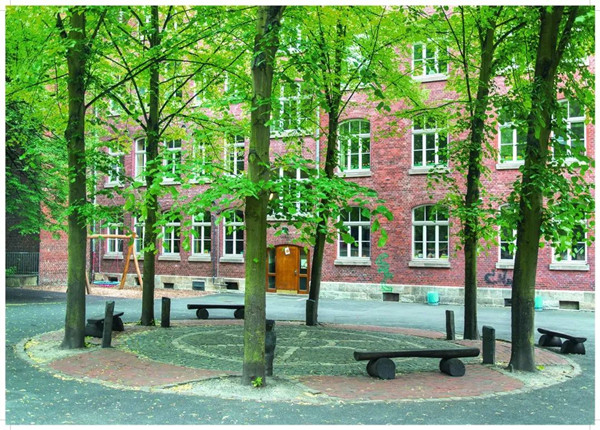
The "Joseph Beuys and the documenta" exhibition and seminar "Cosmos Beuys: About Art and Life in the 20th Century Avant-garde" at the Central Academy of Arts (CAFA) in May 2021 may bring Beuys closer to the Chinese audience and contribute to a deeper understanding of the German artist whose spiritual home was also in Asia for a long time, and whose vision of the great cultural area of "Eurasia" may inspire those of us "born later". For Joseph Beuys is not a closed chapter in art history, he is and remains a very lively field of discourse, in the best sense a beacon on the way to a future that reconciles man, society and nature.
Klaus Siebenhaar
